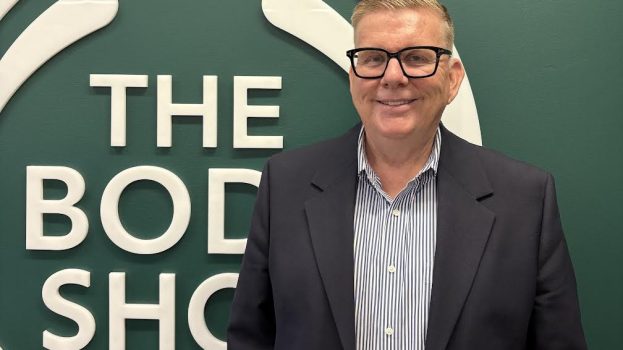Nearly half of senior marketers are dissatisfied with how their brand responded to the initial stages of the COVID-19 pandemic, according to new research from Forsman & Bodenfors, with many having felt ill-prepared or incapable of finding their voice during that difficult time.
Working with insights and research firm GLG, Forsman & Bodenfors surveyed 100 senior brand marketers in the U.S. and Canada in June. It found that only 51% of them were satisfied with what their brand did and said in response to COVID-19. Among the other half, 25% put out a consumer-facing response but felt “somewhat paralyzed”; 9% thought their brand should and could have come up with a different response; 12% went “mostly dark,” feeling that their brand did not have a role to play; and 3% reported not associating with any of the above responses.
Andrew Carty, head of strategy at F&B Canada, says the report’s overall sentiment shows the industry could have done a better at differentiating during the pandemic.
“As we saw, so many brand responses – particularly in TV – were the same. It’s pretty ineffective when you say the same thing as everyone else,” he says. “Brands also have to realize they’re not just in competition with the rest of their category, but they’re in competition with the rest of the information ecosystem for people’s attention.”
For the agency, the past few months have been a lesson in resilience – one that requires brands to think less about how they should react to a particular disruption, and more about how to prepare for the inevitability of change.
“You can’t react to something you can’t see coming. Instead, build a brand that’s resilient. Resilience is the flexibility to respond to changing circumstances. It’s what allows brands not only to survive, but even to thrive in uncertain times,” notes Forsman & Bodenfors.
In the report, the agency draws a stark contrast between brands that are “at risk” and those that are resilient.
For example, an at-risk brand is focused on delivering the best experience in movie theatres (through comfortable seats and cup holders), whereas a resilient brand believes “shared entertainment experiences bring us together, whether in a theatre or not.” The same could be said of a brand that thinks it delivers furniture at an affordable price, and one that “seeks to enable consumers to turn their home into a sanctuary on any budget.”
Carty points to Seneca College as an example of one of his agency’s clients that demonstrated resilience in recent months. Rather than define its purpose as providing in-classroom experiences, he says the organization thinks of its purpose as “helping people to rise to the challenge of the future,” a message that resonated well as the future began looking a lot more uncertain. According to Carty, Seneca has exceeded its enrollment targets for the summer semester, and last month’s virtual open house had the highest attendance it has ever seen.
Similarly, Robin Powell, senior director of marketing LG Electronics Canada (another Forsman & Bodenfors client), says he believes his company was able to find its voice “fairly quickly” by remaining focused on its “Life’s Good” brand position, while “reframing LG product benefits in a manner that was sensitive to changing consumer needs during the pandemic.”
In Canada, LG responded specifically to the pandemic with its “#IncredibleAtHome” campaign that celebrated the activities people were engaging in, he says. “Whether it was baking with the kids, connecting with friends for ‘remote’ movie nights together, or setting up the ultimate WFH monitor, [the campaign] allowed us to share ideas about how LG products are designed to improve people’s lives at home.”
The latest research reiterates the need for brands to “be nimble,” says Powell. “Your ability to pivot to ensure that your means of communication and your brand message remain appropriate and meaningful to customers is essential as we continue to navigate times of change and uncertainty in the marketplace together,” he adds.
Resilient brands can also adapt to changes much more quickly than at-risk ones. In fact, Carty believes production or execution time should be the only thing preventing a resilient brand from getting a message to market.
“Once the health and safety of people, and the security of the supply chain are taken care of, it should just be a matter of making something,” he says. “If you truly understand what you’re in service to, it should be easy to craft a message. And yes, whether you’re a leisure brand, CPG, travel, or whatever, the community you serve wants to hear from you.”
























